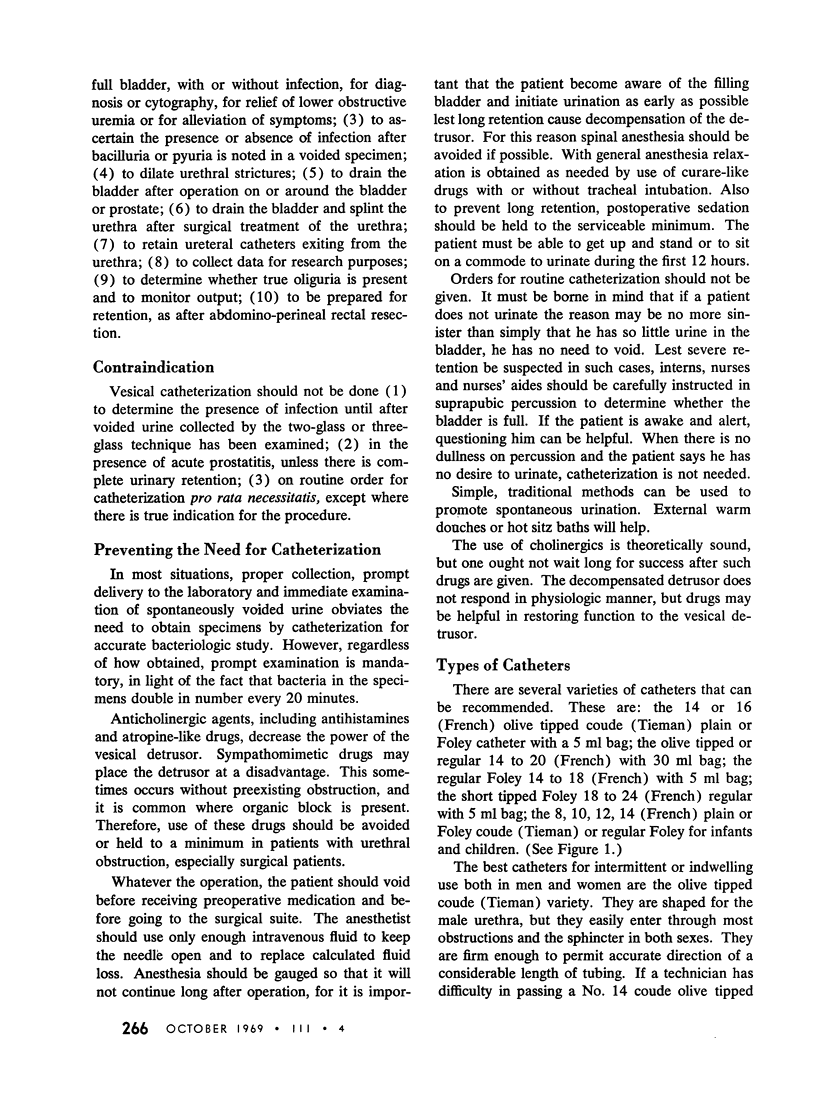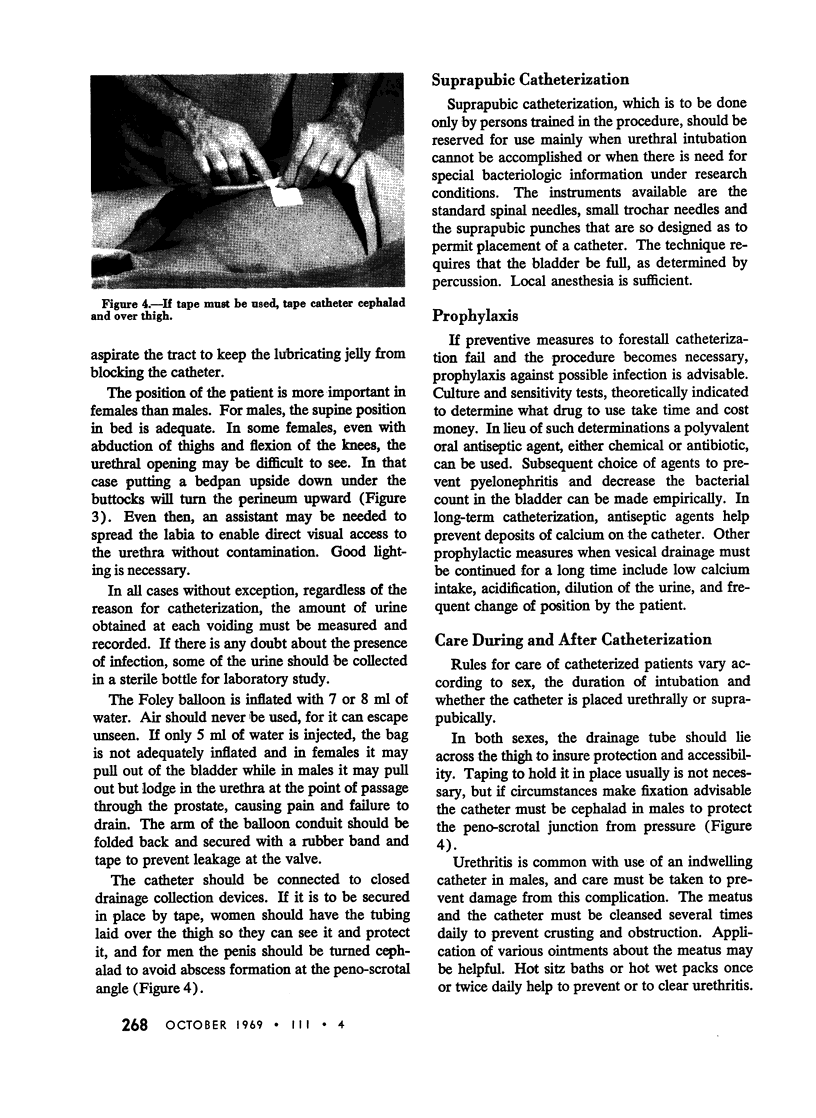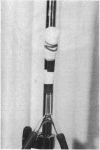Abstract
Catheterization should not be used without true indication. Careful control of hydration, sedation, anesthesia and use of anticholinergic agents before, during and after operation can do a great deal to prevent the need for catheterization. When the procedure is necessary, simple, inexpensive measures of care usually are sufficient. Prophylactic antisepsis before and after, with reexamination of the urine after discontinuance of antiseptic drugs to make sure there is no recrudescence, prevents acute and chronic infections.
The catheter recommended for routine male and female catheterization is the 14-16 (French) olive tip coude (Tieman) catheter or the Tieman-Foley.
Closed drainage systems are the best. Continuous irrigation is without value. Water is an excellent irrigant. Calcium deposits are prevented by Renacidin® instillation and acetic acid irrigation.
Full text
PDF
















